What is the future of Artificial Intelligence in FinTech?
Chain-of-thought (CoT) is a reasoning technique used in artificial intelligence (AI) and human cognition to break down complex problems into smaller, logical steps. It helps models, like me, generate more accurate and coherent responses by explicitly outlining intermediate reasoning steps rather thaRead more
Chain-of-thought (CoT) is a reasoning technique used in artificial intelligence (AI) and human cognition to break down complex problems into smaller, logical steps. It helps models, like me, generate more accurate and coherent responses by explicitly outlining intermediate reasoning steps rather than jumping directly to an answer.
In AI and Machine Learning:
In AI, Chain-of-Thought prompting refers to a method where a model is guided to think step-by-step before arriving at a conclusion. This improves its ability to solve math problems, logical reasoning tasks, and commonsense reasoning challenges.
For example:
Without CoT:
Q: If a person buys a pencil for $1.50 and an eraser for $0.50, how much do they spend in total?
A: $2.00
With CoT:
Q: If a person buys a pencil for $1.50 and an eraser for $0.50, how much do they spend in total?
- The pencil costs $1.50.
- The eraser costs $0.50.
- Adding them together: $1.50 + $0.50 = $2.00.
A: $2.00
By explicitly listing steps, AI reduces errors and enhances interpretability.
In Human Thinking:
In everyday life, people use chain-of-thought reasoning to solve problems, make decisions, and analyze situations methodically. For example, when planning a trip, you might consider:
- Destination: Where do I want to go?
- Budget: How much can I spend?
- Transport: Should I fly, drive, or take a train?
- Lodging: What are the best accommodation options?
- Itinerary: What activities should I plan?
This structured approach ensures well-thought-out decisions rather than impulsive choices.
Why Is Chain-of-Thought Important?
- Boosts problem-solving accuracy by breaking tasks into manageable steps.
- Reduces errors in AI models and logical reasoning.
- Enhances explainability, making complex reasoning easier to follow.
- Mimics human thinking for better AI-human interaction.

The Future of Artificial Intelligence in FinTech Artificial Intelligence (AI) is revolutionizing the financial technology (FinTech) industry, enhancing efficiency, security, and customer experiences. As AI continues to evolve, its future in FinTech looks promising, with several transformative trendsRead more
The Future of Artificial Intelligence in FinTech
Artificial Intelligence (AI) is revolutionizing the financial technology (FinTech) industry, enhancing efficiency, security, and customer experiences. As AI continues to evolve, its future in FinTech looks promising, with several transformative trends and innovations.
1. Hyper-Personalization in Banking and Financial Services
AI-driven chatbots and virtual assistants will provide real-time, personalized financial advice tailored to individual user behavior.
Robo-advisors will become more advanced, helping users make smarter investment decisions based on real-time market trends and personal risk appetite.
2. Enhanced Fraud Detection and Cybersecurity
AI and machine learning (ML) algorithms will continuously analyze financial transactions to detect fraudulent activities.
Biometric authentication (facial recognition, fingerprint scanning, voice verification) will further strengthen security measures.
3. AI-Driven Risk Assessment and Credit Scoring
AI will revolutionize loan approvals and credit scoring by analyzing alternative data sources like social media activity, purchase history, and online behavior.
Traditional credit models will become more inclusive, allowing individuals with limited credit history to access financial services.
4. Algorithmic Trading and Wealth Management
AI-powered algorithmic trading will become more sophisticated, enabling real-time investment strategies with minimal human intervention.
Hedge funds and financial institutions will rely on AI-driven analytics to optimize portfolios and predict market movements.
5. Automation of Regulatory Compliance (RegTech)
AI will streamline regulatory compliance by automatically analyzing legal requirements and ensuring that financial institutions adhere to global regulations.
Natural Language Processing (NLP) will help banks process complex legal documents efficiently.
6. Conversational AI and Voice Banking
AI-powered voice assistants will enable customers to perform banking transactions through voice commands, improving accessibility and convenience.
Natural Language Understanding (NLU) will enhance chatbots to handle complex financial queries more effectively.
7. Blockchain and AI Integration for Secure Transactions
AI and blockchain will work together to provide tamper-proof, automated financial contracts (smart contracts).
Decentralized AI-powered fraud detection will help secure cryptocurrency transactions and digital payments.
8. AI-Powered Insurance (InsurTech)
AI will help insurers assess risks more accurately, leading to dynamic pricing models for insurance policies.
Automated claims processing and AI-driven underwriting will speed up approval times and reduce fraud.
9. Financial Inclusion and Microfinance
AI will facilitate microloans and financial services for unbanked populations by analyzing behavioral and digital transaction data.
Mobile AI-driven financial solutions will empower emerging markets and rural areas with better banking access.
10. Quantum Computing and AI in FinTech
The combination of AI and quantum computing will significantly enhance risk modeling, financial forecasting, and fraud detection.
Quantum algorithms will revolutionize financial markets by processing massive amounts of data in real-time.
The future of AI in FinTech is dynamic and transformative, driving innovation in banking, insurance, investment, and cybersecurity. As AI models become more sophisticated and ethical, financial services will become more secure, efficient, and customer-centric. However, addressing data privacy, AI bias, and regulatory challenges will be critical to ensuring sustainable AI adoption in FinTech.
See less